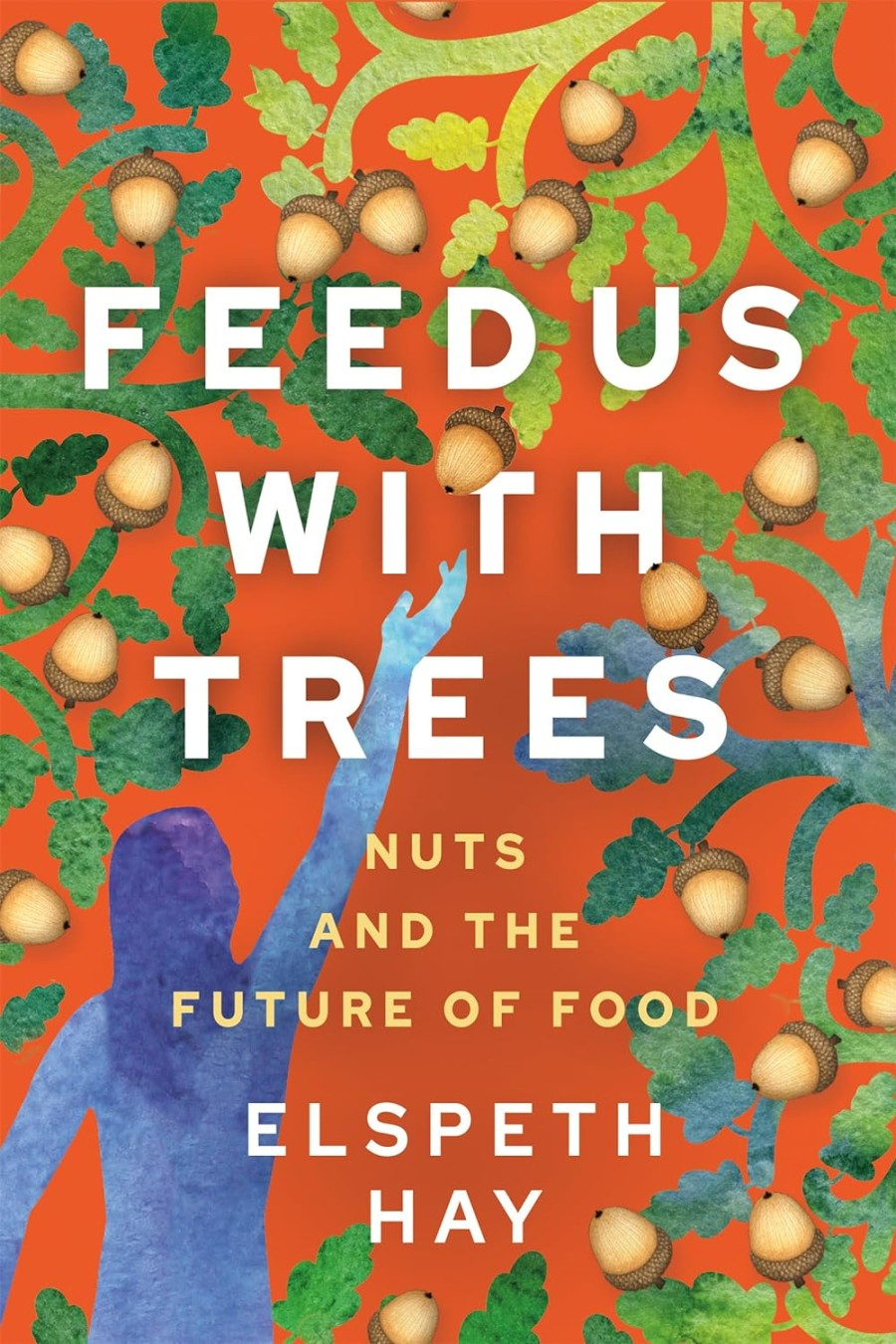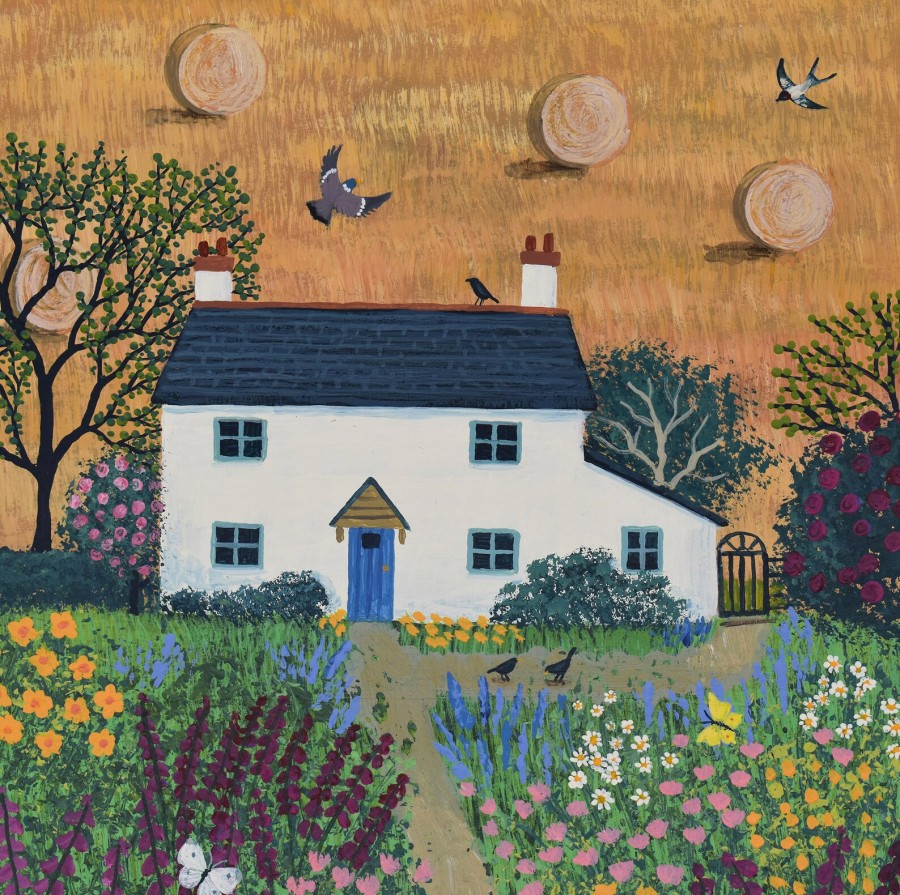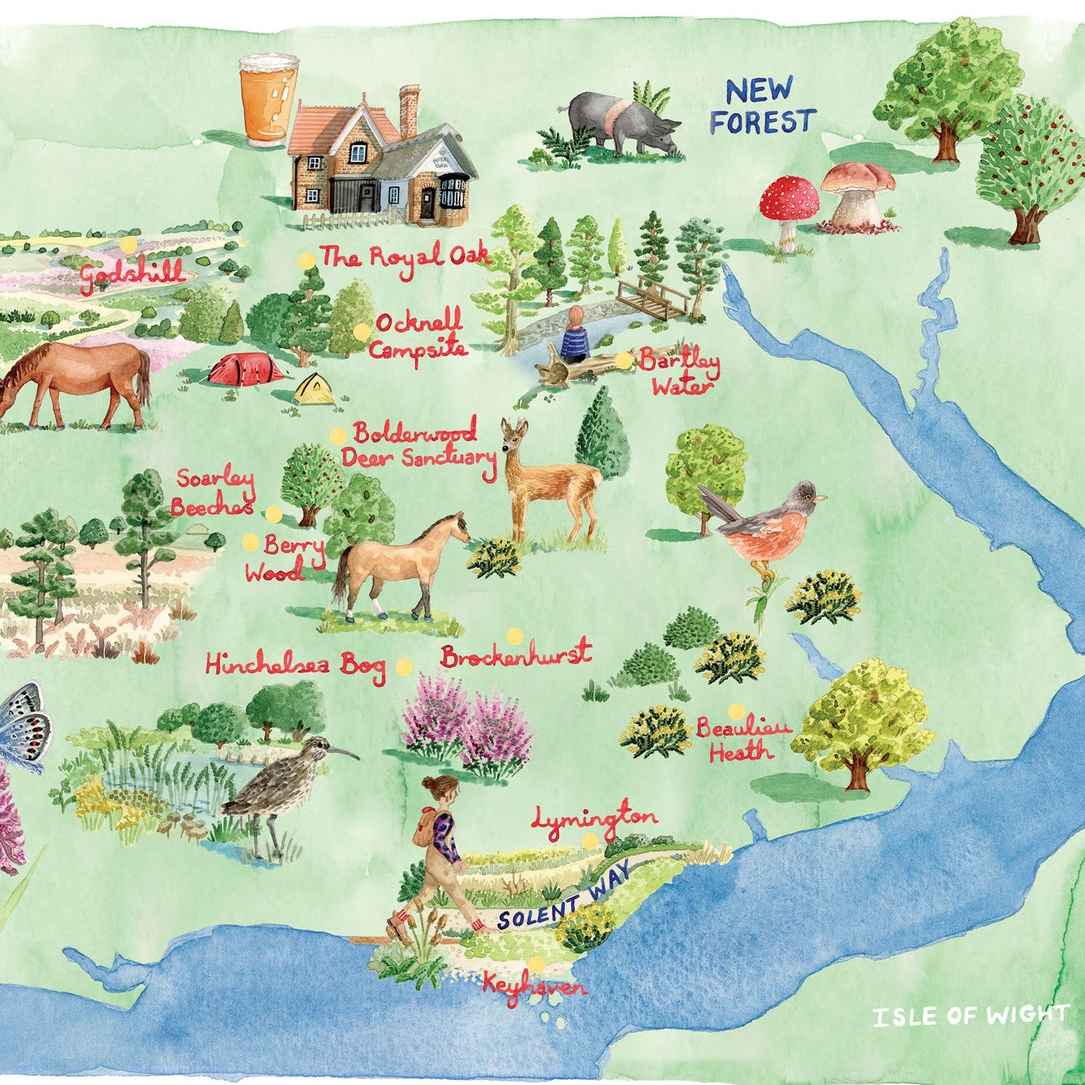How to Grow a Native Food Forest

A native food forest is really just a simpler way of saying ‘permaculture’, which is a unique way of growing that after a bit of trained planning, kind of lets nature take care of itself. So rather than ‘rows of beans’, you build a forest to feed you.
The Layered Edible Garden shows how to grow food as nature does. No more rows of plants, but an interplanted paradise that outcompetes weeds, and grows beautifully together.
Learn how to create pet-friendly gardens and wildlife-friendly gardens (use fruit protection bags over netting). Also learn how to stop birds flying into windows.
Also know trees to avoid near horses (including yew, oak and sycamore).
By including plants from different layers, you build a ‘mini food forest’ to produce edible treats for years to come, with less work and fewer resources:
- Trees
- Sub-canopy trees
- Shrubs
- Vines
- Perennials
- Annuals
- Ground cover
- Edible roots
The author is a trained horticulturist who designs food forests and ‘layered gardens’ in Vancouver (Canada).

Feed Us With Trees is a book on how perennial nut trees can be the future of free food. Growing native nut trees is not just for snacks. Nuts can be made into flours, milks and cooking oils.
Avoid nuts for children, allergies and pets (macadamia nuts especially). Never give whole nuts to birds as they can choke (use quality brands without aflatoxins in brand-name feeders).
Tree 2 My Door offers native nut saplings (hazelnuts, chestnuts, walnuts, almonds and cobnuts).
This book goes beyond industrial monocultures of nuts (almonds have huge controversy over growing methods in California).
Instead, this uplifting book meets ‘zero food mile nut growers’ who are building a brighter future, growing one of earth’s keystone species. An ideal read for locavores, regenerative farmers and environmentalists.
Plant Free Nut & Fruit Trees (for everyone!)
Incredible Edible began in Yorkshire, and is now a worldwide movement, planting free edible food for everyone in local communities. Commuters can pick herbs at railway stations, and schools are growing organic vegetables. But some chapters also grow trees for people to help themselves to free fruits and nuts. What a wonderful idea!
Get involved with volunteer projects like The Orchard Project, which also teaches local people to grow and maintain nut and fruit trees.
And growing hazelnut trees will make you very popular with endangered dormice, if you share your harvest with them! This is the most helpful way to help sleepy dormice, as it fattens them up with their favourite food, just before hibernation!






